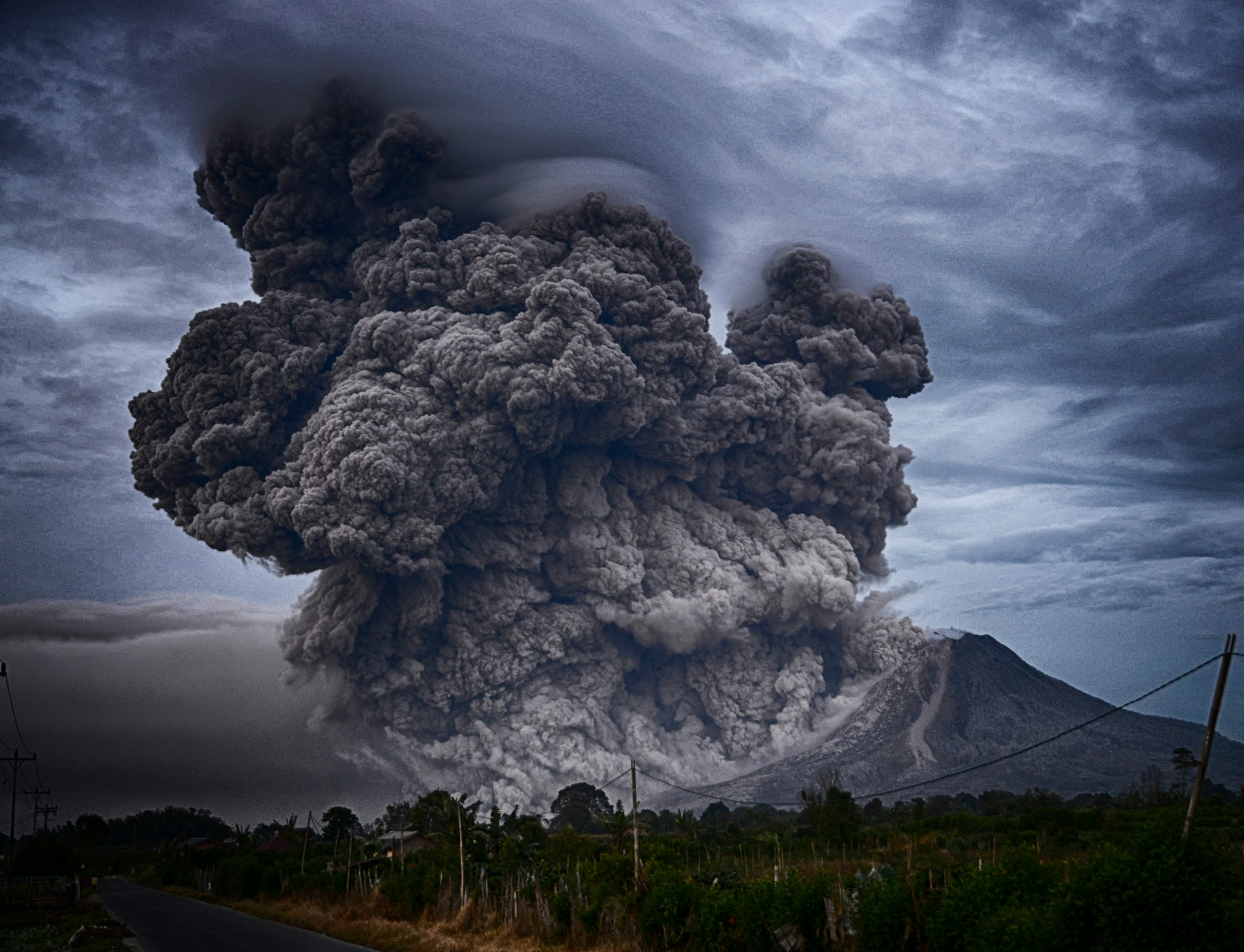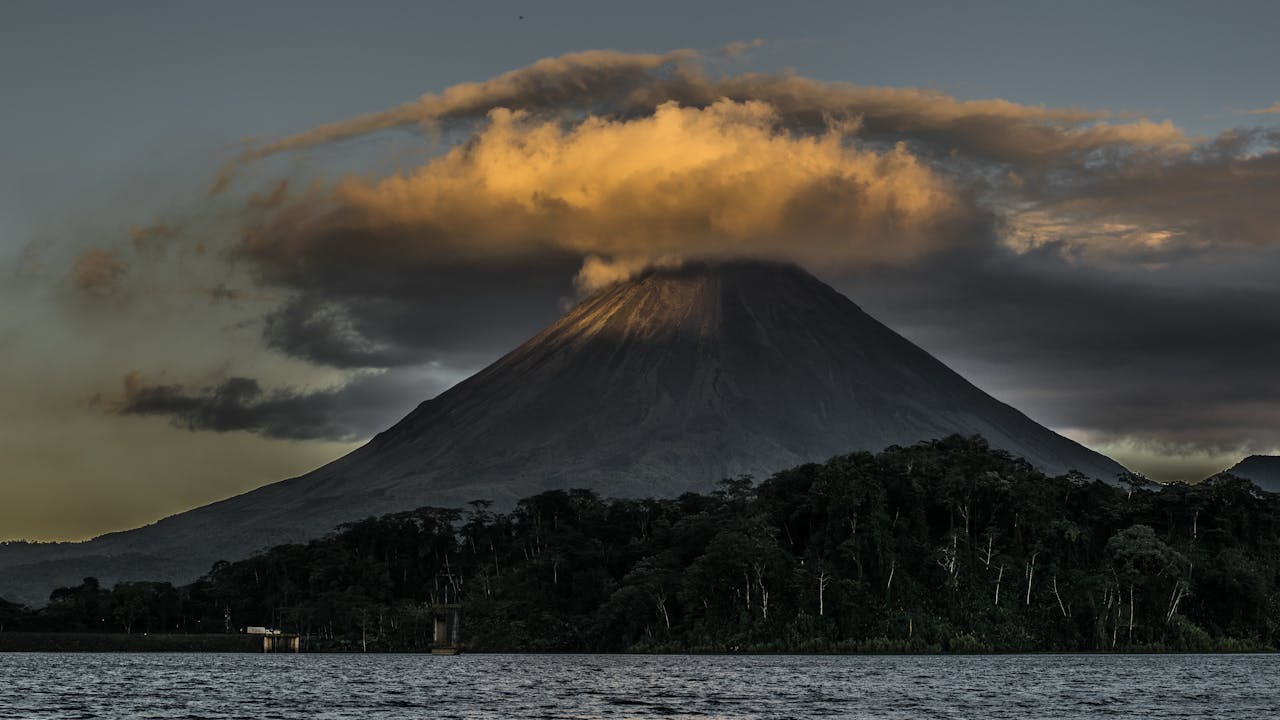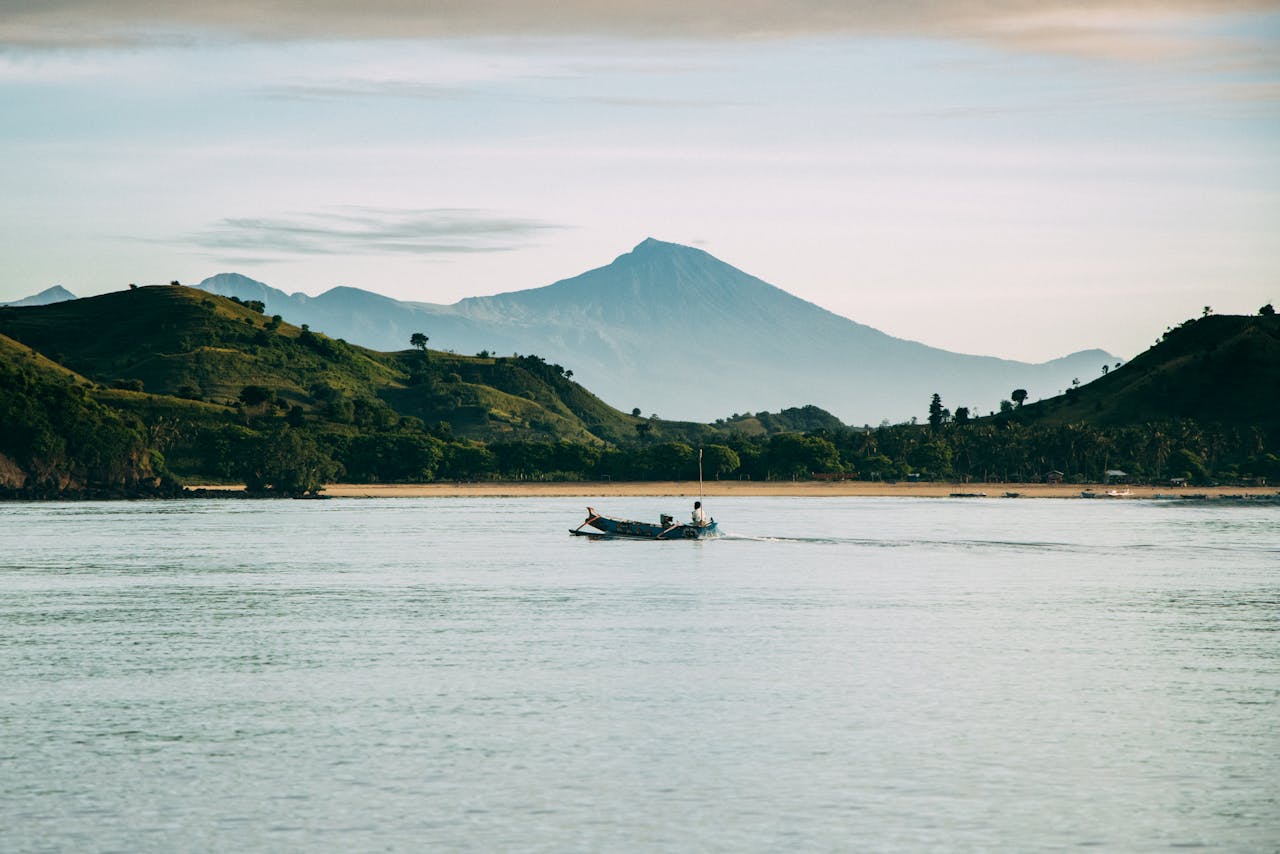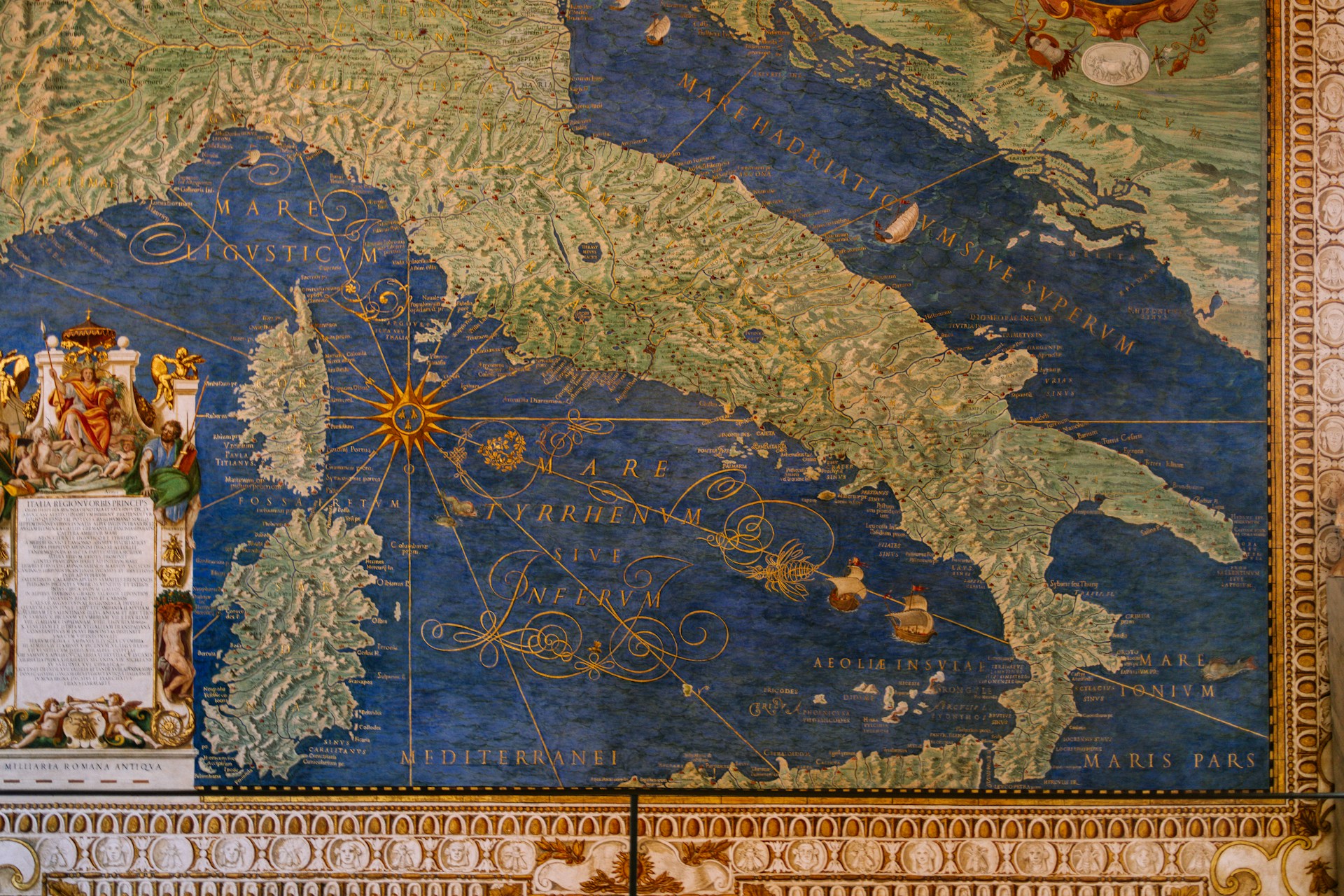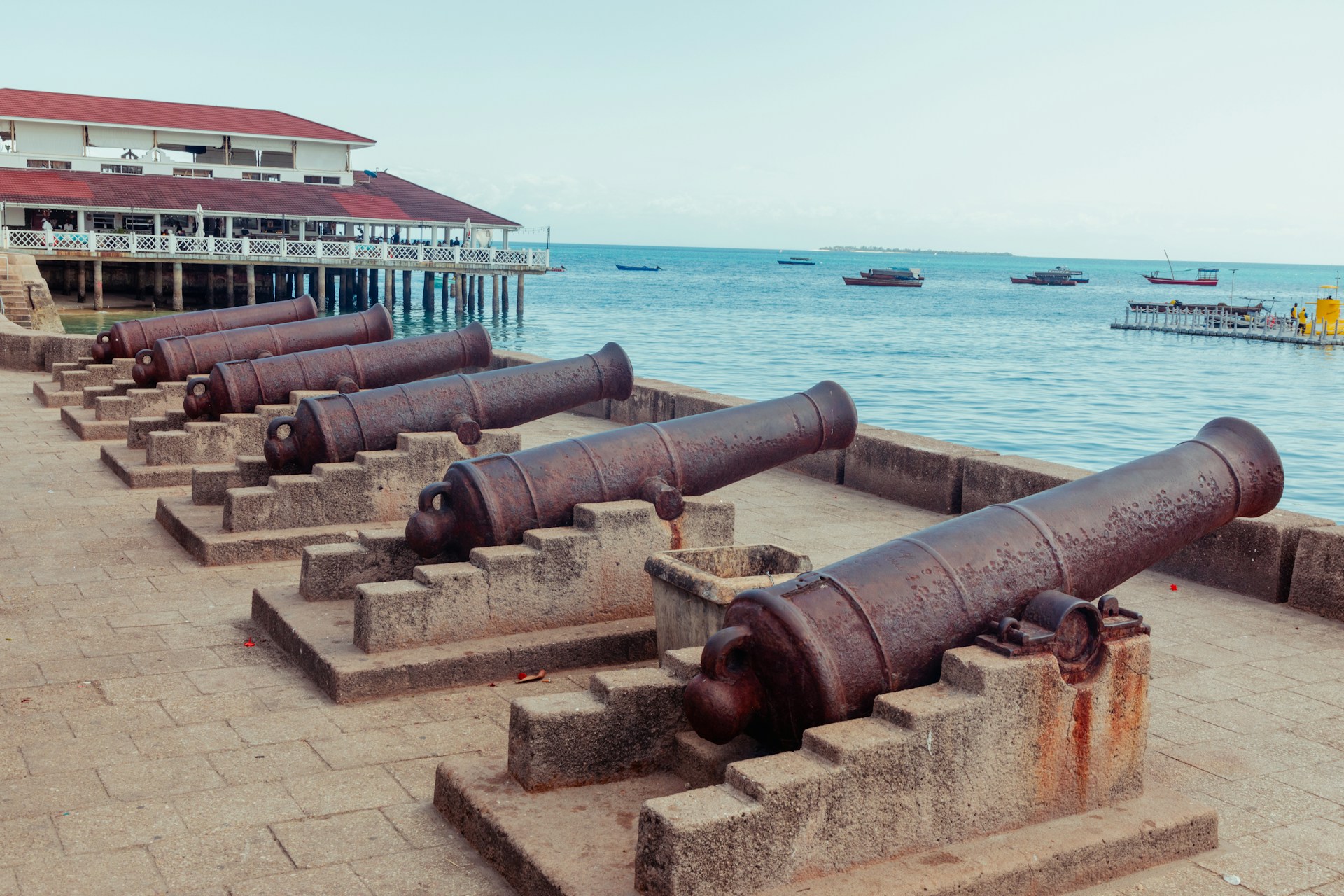Ah, where to even start with this whimsical world we’re in! Sometimes I think Mother Nature has this quirky sense of humor that can really knock you off your feet. It’s like she’s telling a prank joke, and sometimes it’s just shivering-right-out-of-your-shoes kind of humor. Imagine being in 1816, and you’re shivering not because of a chilly prank, but because, surprise, it’s snowing in June! Yup, actual snow in the middle of summer. Who saw that coming?
Now, I’m sure you’re wondering what in the wide world made the weather act so bananas back then. As it turns out, blame is being pointed way beyond the freshly snow-covered streets of New England and even farther than the frost-bitten fields of Europe. The culprits? A sneeze from Mount Tambora, a not-so-little volcano over in Indonesia. The name sounds kind of majestic, don’t you think? But don’t let that fool you. This mountain staged what might just be history’s most dramatic eruption back in April 1815—talk about a mountain-sized tantrum!
The Big Bang of 1815
If you can, picture this: Sumbawa, a small serene island minding its own beeswax, and BAM! Mount Tambora goes off like a sky-rocketing firework display from an annual festival spectacularly gone awry. Dust and debris were flung into the sky, shooting more than 43 kilometers up. Trying to imagine that gives me goosebumps! It’s like the thrill of a thunderstorm, only multiplied by a million. I mean, the eruption was reportedly heard over a thousand miles away! What a rumble, crossing seas and echoing around the globe.
Indonesia, poor souls, got the brunt of the ordeal—pyroclastic flows, tsunamis, the whole apocalyptic buffet. Lives were tragically lost, and their terror must’ve been absolutely harrowing. Yet, Mother Nature was not quite done with her mischievous streak.
Ashes in the Air, Everywhere
Okay, so why did an Indonesian volcano barge in on summer across Europe and America? Well, here’s the scoop—volcanic ash is like a very un-fun version of confetti, scattering worldwide. But unlike ordinary confetti, these pesky particles are party crashers, rudely blocking sunlight as if determined to hog the limelight. When sunlight hits them, it bounces back into space, dropping temperatures on the Earth’s surface.
Fast-forward to 1816, after Tambora’s explosive act, and Earth’s thermostat decided to go down a notch. You can almost feel the frustration—it’s like trying to get snug by a roaring fire, only to lose the battle with the biting chill. Think of farmers shaking their heads in bewilderment. Birds were probably just as lost—should they migrate or start a new life somewhere less frosty?
As I immerse into this chapter, I’m blown away by how dramatic events on one side of the globe could rattle societies across the world. I’ve read folks from that age called it “Eighteen Hundred and Froze to Death”—it’s a pretty fitting nickname, don’t you think?
Struggles and Strains of a Frozen Year
For Europeans used to mild summers, being met with frigid days must’ve felt like a bad joke. Crops, expecting summer’s warm embrace, were met instead with winter’s chill cosplay. Harvests were poor, pushing folks to the brink with soaring food prices. Can you imagine the mounting frustration? Almost like pressure bubbling under a dormant volcano.
The States didn’t escape the chill either. New England’s “summer” was a cruel trick—June frosts hit on cue, wilting crops that dared show their leafy heads. It’s haunting, thinking of chopping wood for warmth when you should be tending juicy watermelon patches.
Reading about this, my heart hurts for these people at the mercy of the unknown. Kids with empty bellies, parents looking out hopelessly over empty fields—the thought stays with me. But, in adversity, communities band together and find warmth somehow, nestled into folklore.
Coping with Chaos
So how did people deal with all this chaos? Seems like when Mother Nature throws a fit, humans adapt, that indomitable spirit says “not today!” And so, they found courage, warmth, and maybe a laugh amid the insanity.
Religious leaders, poets, and authors tried making sense of the madness, seeing it as a divine wake-up call. When nature flexes this much power, deep contemplation’s a natural reaction, I suppose.
And in this strange period, someone like Mary Shelley finds sparks of creativity for her famous novel “Frankenstein.” I can see her, perhaps peering through the bleak weather, her mind swimming in eeriness, conjuring tales of reanimation and the forbidden.
Long Shadows of the Past
Reflecting on 1816, it’s clear how indelicate our dance with nature can be. It whispers to us: no matter our progress, we’re no match for nature’s mighty will. Yet, there’s grace in this delicate imbalance—the enduring human grit-through-the-odds spirit.
Relating to those people back then, tracing their struggles through time—sometimes it feels like a journey without a time machine. Thank you, imagination!
Who would’ve guessed a volcanic eruption in far-off, exotic Indonesia could write such an incredible human story, so frozen in time? It’s a real testament to our interconnectedness, under one planet, one sky, entangled in ways only nature could orchestrate.
Here’s to Mother Nature, with all her mysteries, whims, and astonishing surprises, and the people who manage to dance to her unpredictable beat. We take lessons of resilience from them, along with the crazy tale of 1816—a summer so improbable, it stood still in time.

